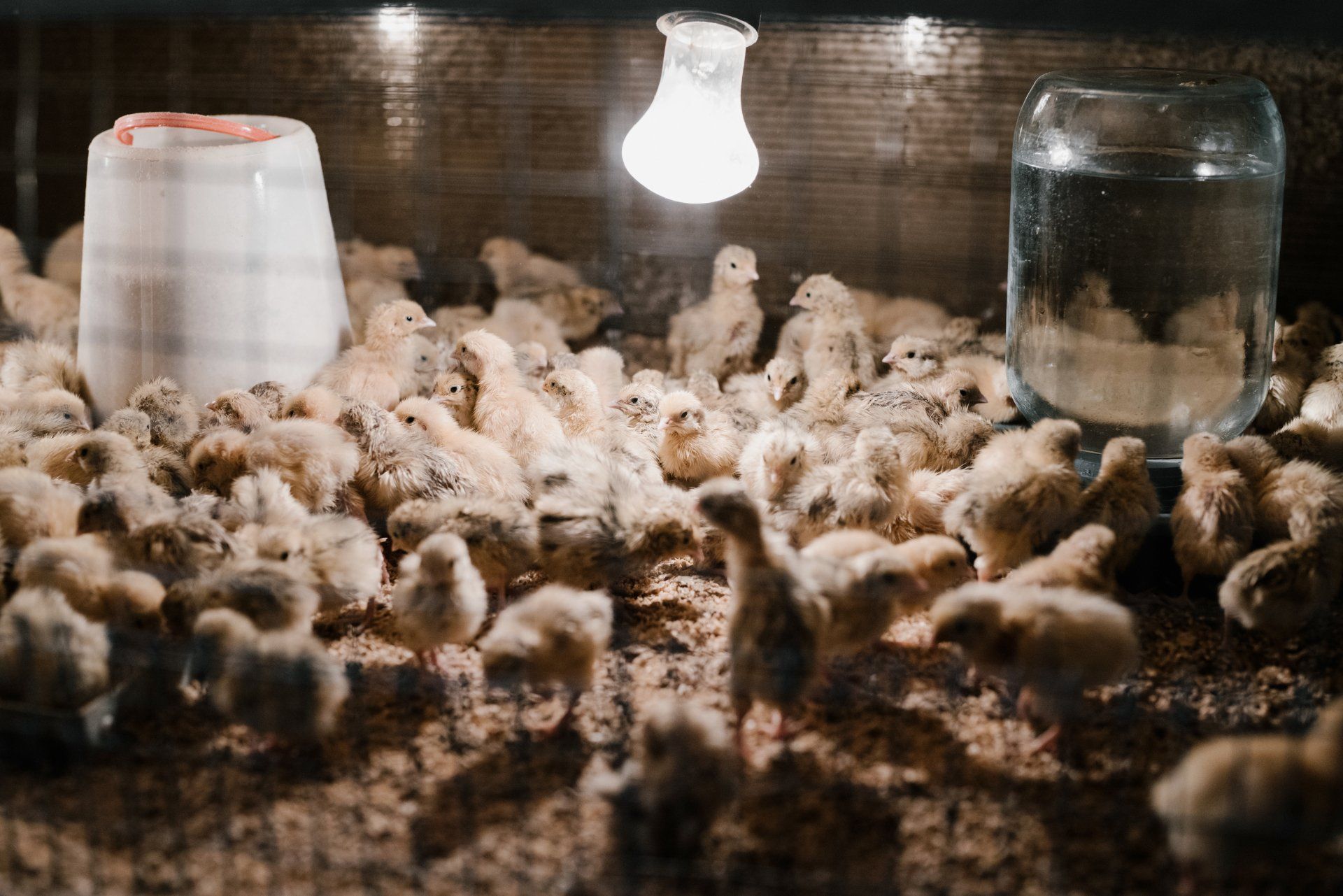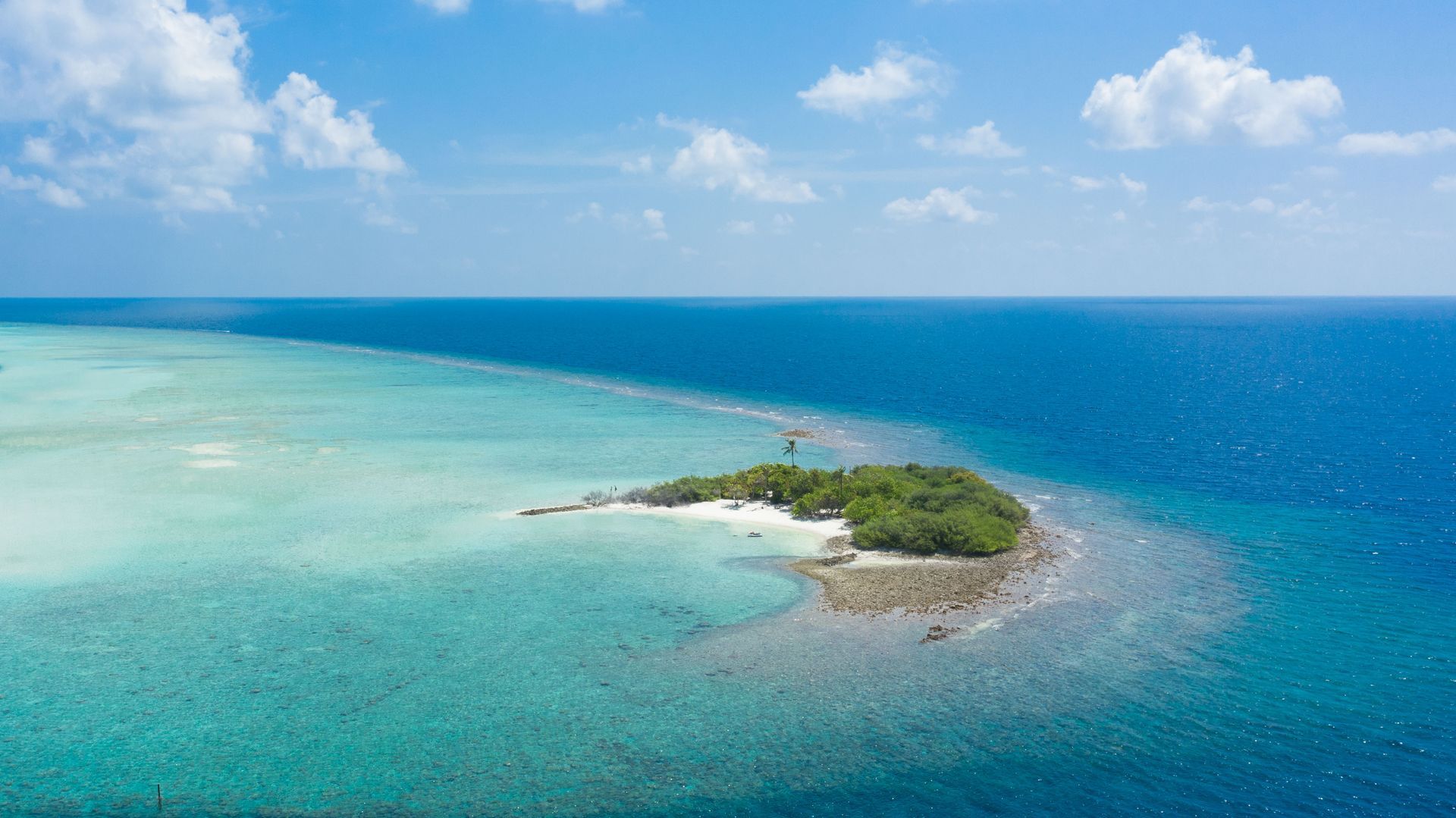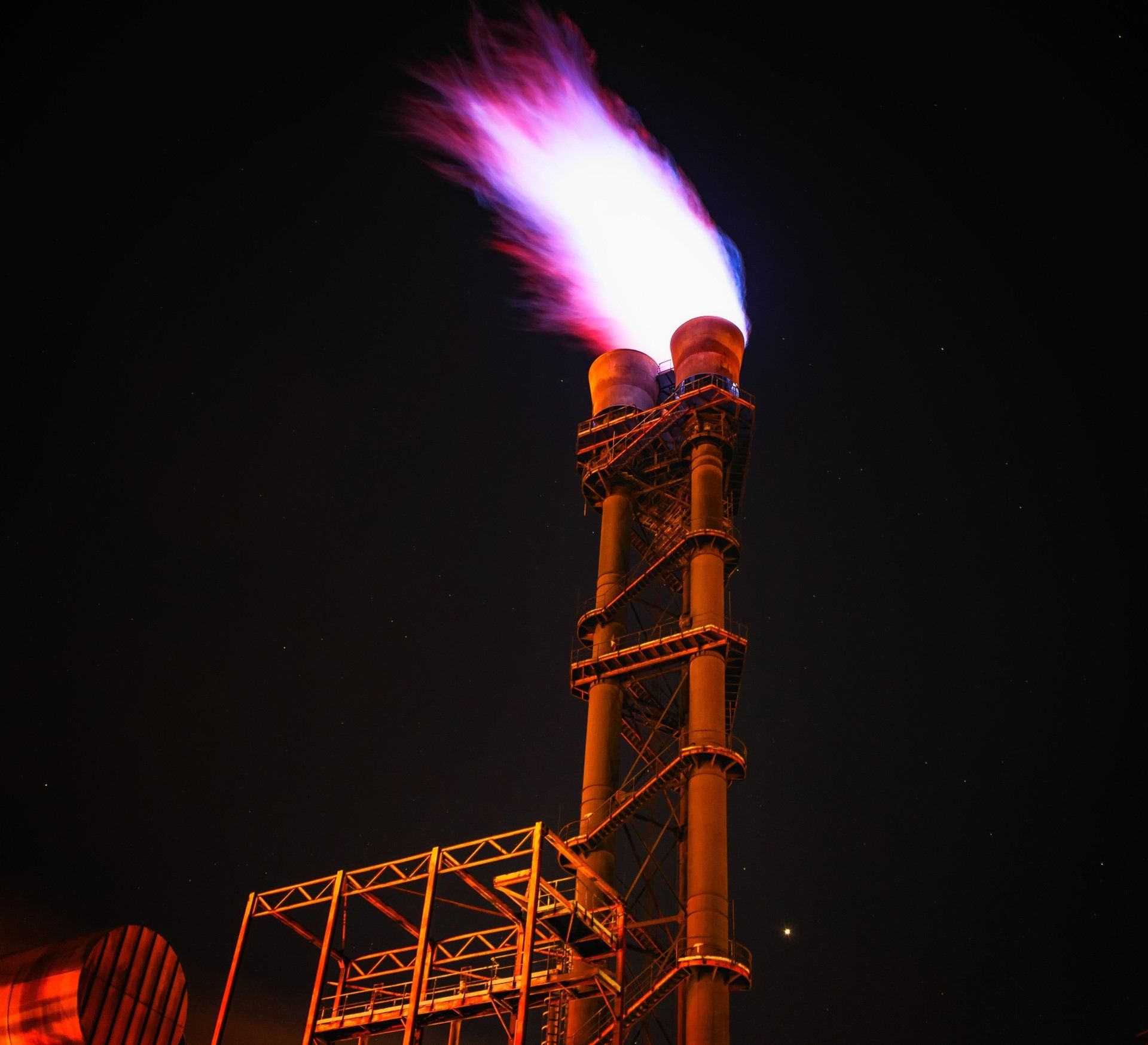The Beacon Blog: Consider It Briefed
Factory Farms Endanger Innocent Communities
By Andrea McMillan, Staff Editor for the Vermont Journal of Environmental Law
May 1, 2023

U.S. slaughterhouses are violent places. They have dangerous and cruel effects on the exploited farmed animals themselves and the workers who perform their violent duties. These effects, however, do not simply cease to exist past confines of their walls. Slaughterhouses have harsh effects on the communities in which they operate, impacting the lives and safety of all nearby. The cruel and dangerous tasks demanded by current industry practices take a repeated toll on the welfare of all sentient beings in these communities. Slaughterhouses are exploiting whole communities, and the federal government needs to take a hard look at why it continues to help them do so.
I. Conditions Inside and Outside the Slaughterhouse That Negatively Impact Workers
Slaughterhouse workers are some of the most exploited persons within the U.S. labor force. The majority of U.S. slaughterhouse workers are people of color with little to no bargaining power against the top four national processors that control the majority of U.S. meat supply. An estimated thirty-eight percent of these workers were born outside the U.S. and many are non-citizens. The issues these workers face are compounded by language barriers and fear of deportation, making the threat of retaliation too much for these at-will workers to report their concerns or injuries to those in charge. In some plants, employee turnover rate is as high as one hundred percent annually. In the last several years, union membership in the meatpacking industry has fallen, wages have decreased, and the occupational hazards have worsened.
Most slaughterhouse facilities operate twenty-four hours a day, seven days a week, requiring grueling hours for a wage that pays just above the federal poverty level for a family of four. OSHA has identified several workplace hazards in slaughterhouses, including dangerous equipment, hazardous chemicals, disease exposure, and high rates of musculoskeletal disorders. Slaughter jobs rank as one of the most dangerous professions in the world, with amputations commonly occurring roughly twice a week in the United States. “The single largest factor contributing to worker injuries is the speed at which the animals are killed and processed.” Unfortunately, federal regulations continue to increase slaughter line speeds, worsening issues for the animals, the workers, and the communities in which slaughterhouses operate.
II. The Regulatory Framework of Slaughterhouse Line Speeds
On average, a single worker will be tasked to kill one farmed animal every twelve seconds within the course of their shift. One worker describes the only way to accomplish this impossible task is to “not care” about the animals. The U.S. Department of Agriculture (USDA), and it’s sub-agency, the Food Safety and Inspection Service (FSIS) have the statutory authority to regulate the maximum speeds at which slaughterhouses can operate. The agency has recently been chipping away at maximum slaughter speeds and worsened many of the already dangerous working conditions in these facilities. FSIS is tasked with implementing the Secretary’s mandates under the Federal Meat Inspection Act and the Poultry Products Inspection Act. Through this authority, the FSIS has continued to expand the maximum slaughter line speed to industry’s delight. The agency was forthright in addressing the tens of millions of dollars in profit that the industry would benefit from decreasing line speeds as a result of its most recent rule. The FSIS has explicitly acknowledged the evidence correlating increased line speeds to increased slaughterhouse workers. Yet the agency continues to wield its regulatory power to increase line speeds, while pointing the blame at OSHA to implement better worker safety standards. Currently, the FSIS permits slaughterhouses to kill up to 1,106 pigs and 175 chickens every hour, putting immense pressure on workers to keep up the line speed’s demand. The FSIS is blatantly ignoring the well-being of these workers and many have had their basic human rights violated.
III. The Effects of Violence on the Workers of Factory Farms
Working in a distressing and hazardous environment has an impact on any average person’s mental health. When the work itself is inherently violent, many workers find it difficult to keep the effects from their work out of their own personal lives. Studies on the mental health of slaughterhouse workers are inhibited by language barriers and recruitment challenges, but several interviews with slaughterhouse workers confirm the mental anguish they experience from their work. Slaughterhouse workers have higher documented incidences of alcoholism, substance abuse, levels of aggression, anxiety, PTSD, and more convictions for violent crimes than other dangerous industrial jobs. Gail Eisintz, a writer well known for her documentation of conditions within the slaughterhouse has interviewed several employees of the meatpacking industry. Through her investigative work, she has documented several incidences of alcoholism, depression, sadism, and prison time for violent crimes amongst slaughterhouse workers. One slaughterhouse employee she interviewed told her “the worst thing” about the work was the emotional toll it took on him, even more so than the physical danger of performing such work. When slaughterhouse workers are unable to internalize the trauma of working in such environments, the aggression and violence they inflict on these animals follows them home and endangers all individuals within their communities.
IV. Factory Farming’s Effect on its Neighbors in the Community
Slaughterhouse work perpetuates a vicious cycle of violence and abuse that endangers innocent lives. Communities with large slaughterhouses are plagued by increased rates of violent crime, housing shortages, increased demands for social assistance, and high rates of child abuse. Slaughterhouse employment is also associated with high rates of arrests for sexual assault and domestic violence. The U.S. Department of Justice has been studying the link between cruelty to animals and human violence for several decades now, and it is well established that exposure to violence can increase the violent inclinations within person. In fact, many of the most infamous U.S. serial killers were known to have tortured or killed animals before they killed other humans.
The Covid-19 pandemic hit slaughterhouse workers especially hard. During the pandemic, slaughterhouse workers were given little to no protection from exposure, and experienced high rates of infection and death from the virus. In rural communities with high proportions of these meatpacking operations, cases of the virus were at rates ten times higher than other similarly situated rural areas. FSIS was given $33 million dollars in funding from the Coronavirus Aid, Relief, and Economic Act (CARES), and spent almost half of it to increase the salaries of the its own inspectors, leaving these workers and their communities with no support or protection to shield them from the dangers of the meatpacking industry.
To add insult to injury, communities with slaughterhouses are constantly threatened by the pollution these facilities create. Hundreds of U.S. slaughterhouses dump their toxic waste directly into local waterways. This waste contains several human health hazards, including fecal bacteria, veterinary drugs, and cleaning products. Some facilities do not dump their waste directly into waterways, and instead house the waste in lagoons. During heavy rain periods or flooding, communities near these facilities report increased infectious rates, because the lagoons often overflow and contaminate community water supplies.
V. Conclusion
Slaughterhouses are endangering communities and threatening the health and well-being of all within their vicinity. Until FSIS or OSHA decide to stop pointing the blame towards one another and implement better standards that acknowledge the health and welfare of the workers they employ, communities will continue to be harmed by their adverse effects.















